What to eat on rest days to maximize strength and performance. This meal plan will help you eat the right combination of foods on non-workout days.
Table of contents
Athletes get hyper-focused on what they should eat before and after workouts and mapping out their race day meal plan, but they tend to neglect rest day nutrition. Obviously, fueling for your workout routine is incredibly important, but I would argue that what you eat on rest days is just as crucial to your overall performance.
Rest days are necessary to allow your muscles to recover and refuel. That doesn’t just mean resting the muscles from exercise, but it also means using the right combination of nutrients to repair the muscle tissue.

Balance is key on a rest day. Binging on junk food every rest day can hinder your performance, but severely cutting calories isn’t wise either.
Eating the right foods on rest days maximizes the hard work you put in on an active day and ensures you’ll be ready for tomorrow’s workout.
What should I eat on rest days?
Everyone’s eating plan may look a bit different on rest days, depending on what your goals and activity level, but there are a few key nutrients that everyone should include on their rest day plate.
Carbohydrates are the main fuel source for energy. Your body stores carbs in the muscle and liver in the form and glycogen, and that glycogen is depleted after a workout.
You may think that you don’t need to worry about carbs on a rest day since you’re not moving as much, but that’s untrue.
After a tough workout, your muscles are depleted of glycogen. A rest day is an opportunity to replenish lost glycogen reserves so your body is ready for its next workout. Aim to get about 50-60% of your calories from carbohydrates.
Since rest days are where our muscles really have the chance to rebuild and get stronger, you don’t want to skimp on protein. Protein is the building block for muscle recovery, so eating high-quality protein helps build muscles while the body is at rest.
As a matter of fact, the body uses any protein ingested the 2-hours after a workout to rebuild and grow. But what most people don’t know is that muscle growth lasts for up to 24 hours in the post-workout period.
That’s what it’s so important to eat protein on a rest day. Spread your protein intake throughout the day and incorporate these healthy plant-based recovery options.
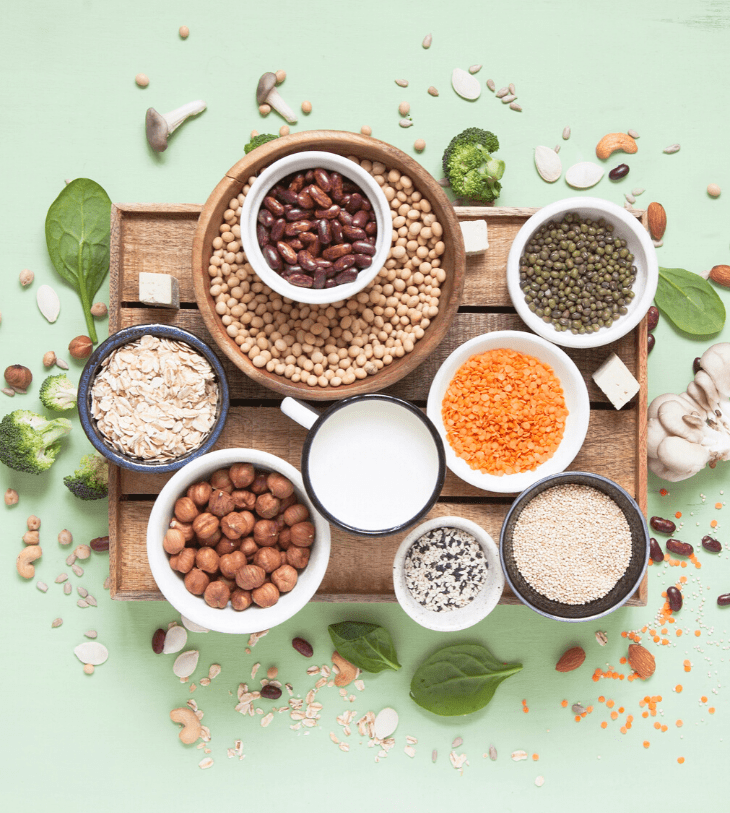
In addition, it’s common for your body to undergo some short-term inflammation after a tough workout. As a matter of fact, acute inflammation is your body’s way of healing and getting stronger.
That said, inflammation can be painful and you don’t want it to become a chronic problem. To reduce inflammation and prevent sore and tired muscles, eat plenty of antioxidant-rich foods. Fill your plate with plenty of fruits and veggies on rest days – think berries, dark leafy greens, sweet potatoes and walnuts.
Lastly, don’t forget to hydrate! Water can often be a forgotten nutrient on rest days, but focusing on hydration is important on both active and rest days. If you fall short on fluid during a rest day, you’ll feel the negative effects at your next workout.
Focus on drinking plenty of water throughout the day, with and in between meals and snacks. Your urine should be a pale yellow color to indicate proper hydration.
What kind of carbs should I eat on rest days?
Since you don’t need quick-acting energy on a rest day, high-fiber complex carbs are a perfect choice. It’s common to experience an increase in appetite on days you’re not active, so the extra fiber can help keep you satiated.
Women should consume 25g of fiber per day, while men need 38 g per day. Fiber is a tricky thing for athletes because it’s a healthy part of the diet that contributes to heart and digestive health, but it can also cause GI issues during exercise.
Before a workout, it’s best to limit fiber intake. But because you don’t need to worry about this on rest days, it is best to consume fiber-rich complex carbs throughout the day. The types of carbs will be stored as glycogen in your muscles and liver and help keep you full throughout the day. Fiber-rich complex carbs include fruits, veggies and whole grains.
How much fat should I have on a rest day?
You may not be burning the same amount of calories on a rest day, but believe it or not, eating the right amount and type of fat is beneficial for your recovery. It is recommended that an adult consumes 20-35% of calories from fat and no more than 10% of calories from saturated fat, as part of a well-balanced diet.
Focus on unsaturated fats that are found in avocados, seeds, nuts and extra virgin olive oil. Fat intake may even be higher on rest days than active days because fat can cause GI distress during a workout. Therefore, carbs and protein are higher on active days.
Unsaturated fats are also linked with reduced inflammation. Eating healthy unsaturated fats on rest days may decrease inflammation in your and speed up the recovery process.
How many calories?
You might find your hunger decreases right after an intense workout. This happens because your appetite-regulating hormones fluctuate after a workout, and blood flow shifts towards muscles and away from your digestive tract.
As a result, on a rest day, your body tries to make up for those lost calories, leaving you with an increased appetite. You’re probably wondering how many calories you need on a rest day, but it’s so difficult to give a specific answer.
Every single person has different calorie needs. An endurance athlete who trains for more than an hour 6 days a week may need upwards of 3,000 calories per day. But that depends on their size, age and goals.
The best thing to do on a rest day is to listen your hunger. If you are hungry, eat! But choose foods that are high in fiber, protein and antioxidants.
Resist the urge to pig out on processed snacks and desserts. Remember that your body is taking in all the nutrients on a rest day to help heal and recover.
Eating junk food will leave you feeling fatigued and dehydrated. Instead, focus on making your calories count with the right nutrients mentioned above to give your body what it really needs.
Should you eat less?
The fact of the matter is that you don’t need to drastically cut calories on rest days. Most everyday athletes only burn a few hundred calories on their workout days. If you’ve maintained your weight for a while, you’ve likely found the right balance of calories in and calories out.
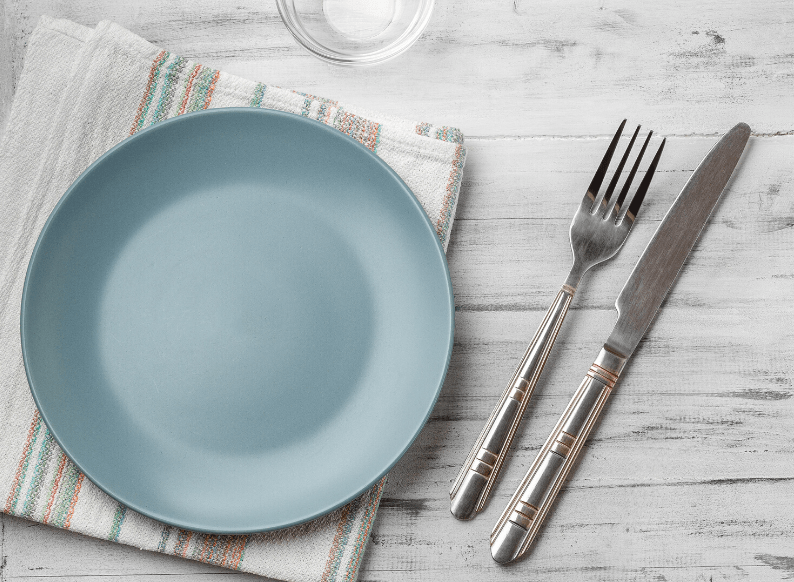
On rest days, you’re not burning those calories, so you can cut back slightly, but don’t cut back too much or it will hinder your recovery. For instance, maybe have one less snack or scale back ever so slightly on portion sizes.
Let hunger be your guide. If you’re feeling hungry, fill your belly with nourishing foods that have the nutrients listed above. If you’re not as hungry and you’re eating healthy foods, then don’t force yourself to eat more. The quality of the foods your put in your system is more important than the quantity.
Should I do any activity on a rest day?
I often get asked whether it’s a good idea to incorporate low-intensity activities into a rest day – in other words, ‘an active rest day’. If you have the energy, it’s a good idea to do some sort of low-impact exercise to keep the blood flowing in the muscles. Some examples of low-intensity workouts are:
- Yoga
- Pilates
- Stretching
- Walking
- Bike riding
- Swimming
Low-impact workouts are shown to be beneficial for quicker muscle recovery. Movement will increase blood and nutrient flow to your muscles, which will help with quick recovery. Low-intensity workouts can also clear lactic acid from the muscles. Ideally, your heart rate should be between 40-60% of your maximum heart rate when engaging in low-intensity workouts.
The most important thing when it comes to a rest day is to allow your muscles to grow and repair. A low-intensity workout on a rest day should not put your muscles under any strain or stress. Rest days are critical to prevent muscle fatigue, injury and to improve your overall performance.
Rest day meal plan
What you eat on a rest day shouldn’t look drastically different than your active days. You still want to aim for a balanced plate. Here’s a sample meal plan to use as a guide:
Breakfast: Steelcut Oats with Clementines & Chia Seeds (protein + inflammation fighter!)
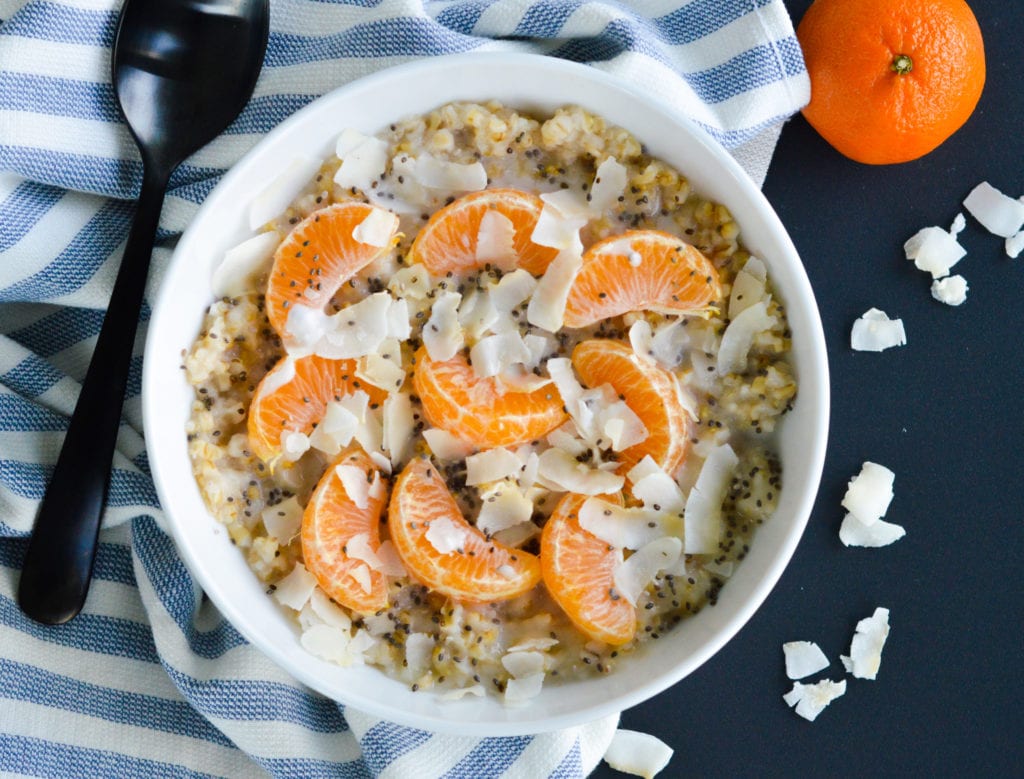
Snack (if needed): Apple and 1/3 cup of Cinnamon Roasted Almonds

Lunch: Moroccan Lentil Soup with a side of whole grain bread or crackers
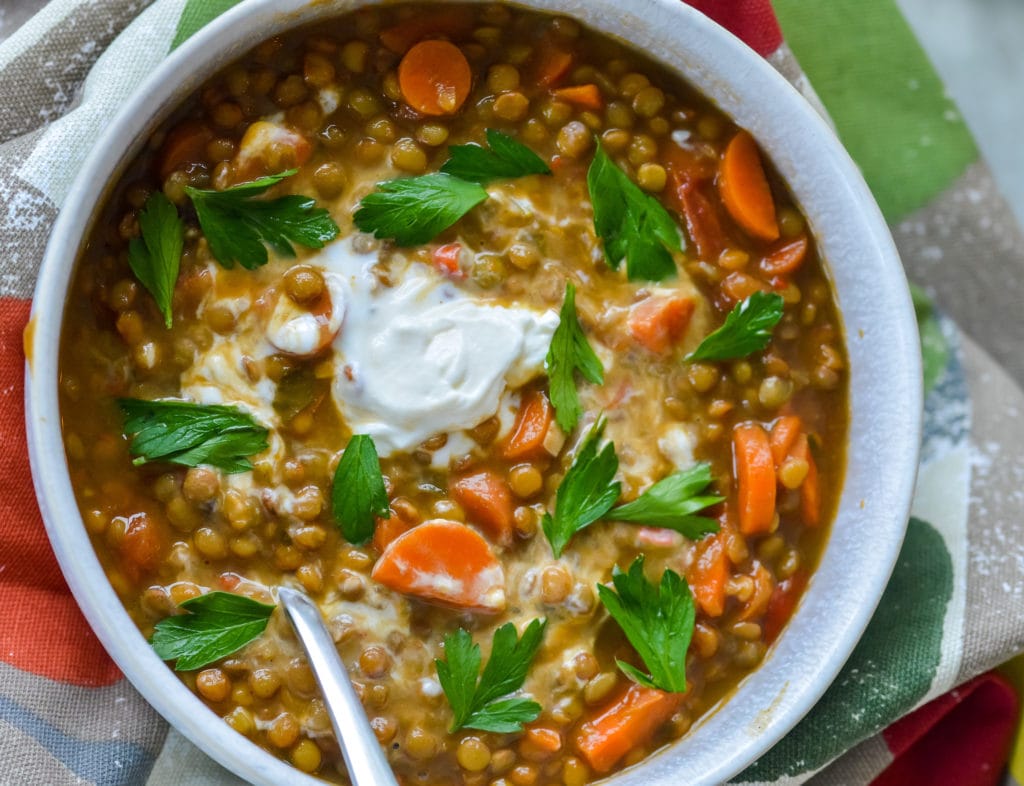
Snack (most of us can use a snack here since the gap between lunch and dinner tends to be longer than 4-5 hours): Make your own trail mix or energy bites.
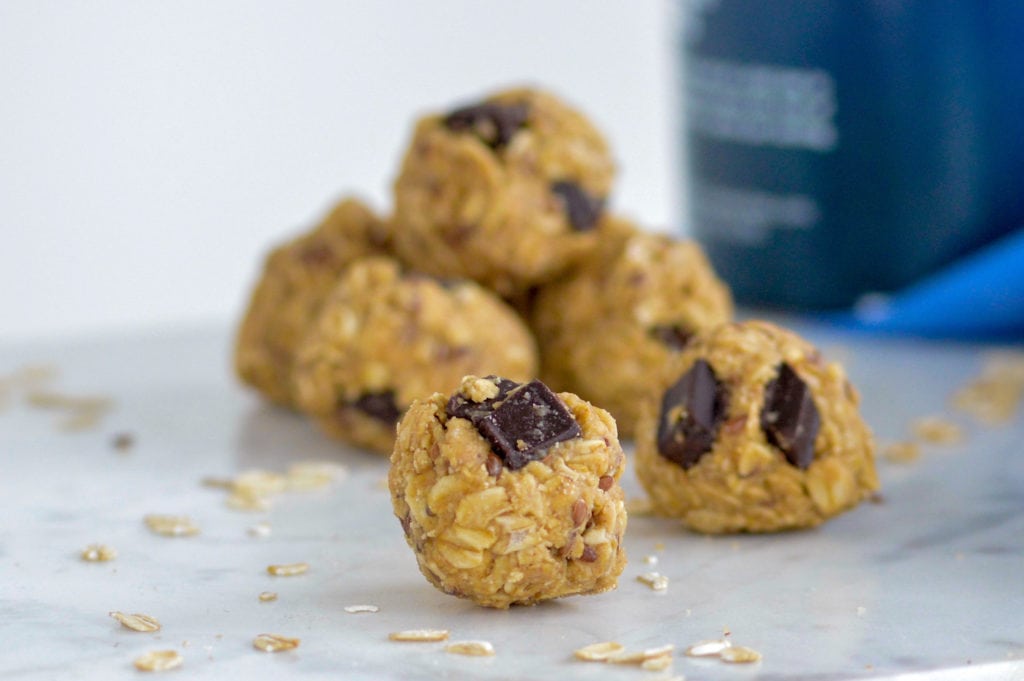
Dinner: Tempeh Stir-Fry with a side of brown rice or quinoa
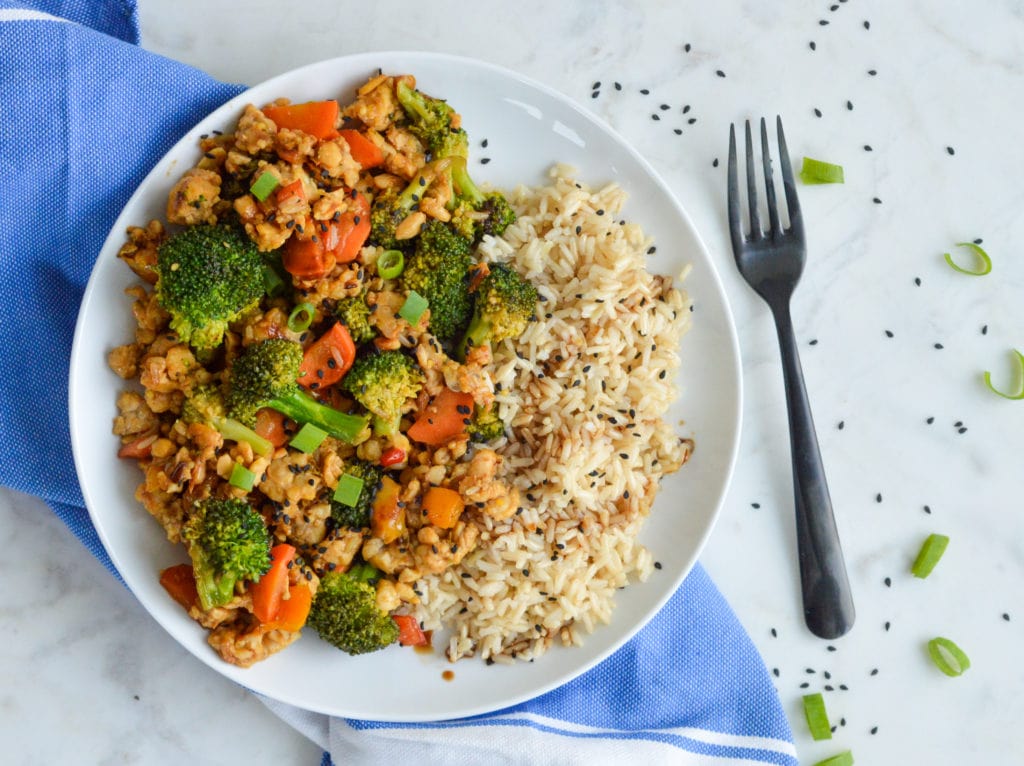
*Plenty of water throughout the day. Add in 1-2 cups of green tea for an antioxidant boost.


0 Comments